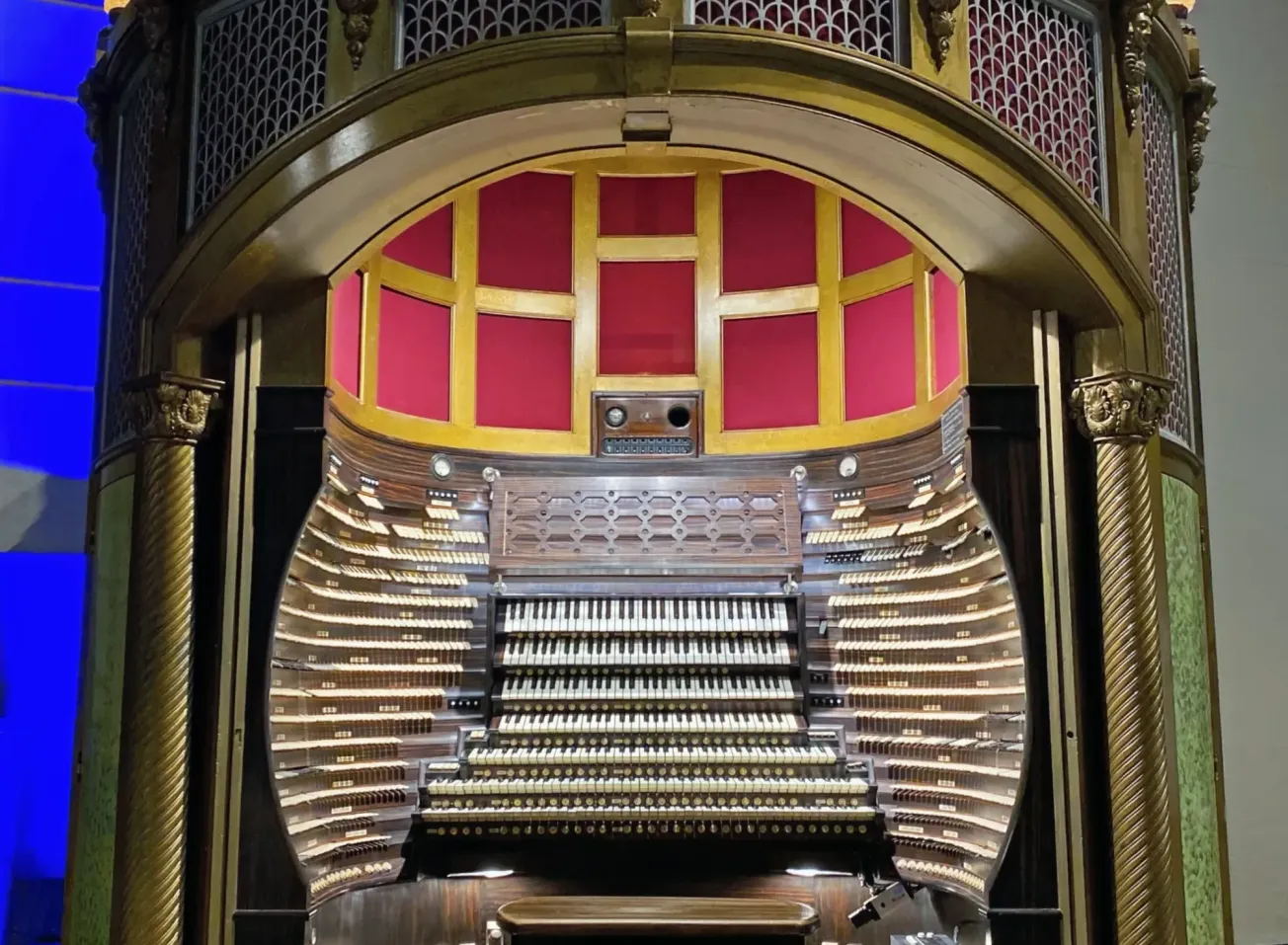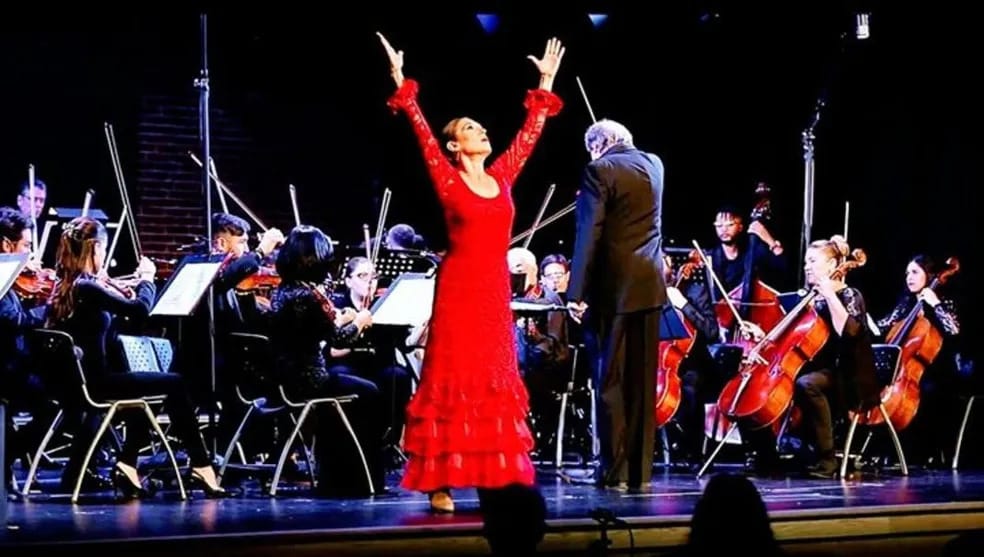Anyone familiar with Atlantic City knows how iconic Boardwalk Hall is. Most will tell you about when they saw a concert, sports event, or other exciting show there.
Not only is the Boardwalk Hall an Atlantic City staple, but it is also a U.S. National Landmark. While the venue is so well-known, it has a crucial feature not enough people know about. Boardwalk Hall is also the home of two historic organs, one being the largest in the world. Most people have only been finding out about this recently, as they were abandoned and unplayable for decades. Thanks to the talented people at the Historic Organ Restoration Committee, the Midmer Losh has been restored to have about 67% playability. Now, you can witness recitals in the auditorium, just as the architects intended nearly a century ago.
The Historic Organ Restoration Committee holds the Curator’s Tour every Wednesday from 10 AM-12 PM, followed by a recital. This tour is certainly one of the most informative events that any organ lover or Atlantic City lover could attend. Not many people realize how influential and historic Atlantic City is. Even I, a lifelong Atlantic County resident, learned a lot of new information during my recent tour led by Membership and Events Coordinator Scott Banks. Not only did I get to see and learn about the historic organs, but I learned the entire history of Boardwalk Hall. Highlights of the tour include seeing The Kimball, the organ console forgotten for decades in a Boardwalk Hall storage closet; seeing the restoration efforts of the ballroom and going out on the oceanview balcony; and seeing the state seals painted throughout the concourse. Unarguably, the best parts of the tour are walking through the restored divisions and visiting the organ shop.






The organ shop is located right behind the stage in the main auditorium and provides access to the organ pipe divisions. It is where all of the magic happens. When Banks took us into the shop, we finally met Bryson, who explained the organ restoration processes. One of the main things they have done is replace all old leather. Bryson passed all types of leather around to the group, letting us see and feel the materials restoring the organ up close. Leather plays a huge part in organ functionality, the main two being that it is used to construct the pneumatic bellows and is used for valve facings for airflow control. Restoration is complicated, as Bryson explained, “...it's a lot of intricate and skilled labor… if one of these leather pouches gets off a little bit, then it can cause all kinds of problems. So we have to be very picky and very finicky about how things are applied… we actually… test them down here in the shop to make sure they work.”
On top of restoration requiring time and skill, the Historic Organ Committee has taken on huge projects. When the committee was founded in 2004, the organ had about six decades of ruin. Additionally, with 33,112 pipes, it is the largest organ on the planet. The Midmer-Losh was built from 1929 until 1932 and only had 12 years of full functionality due to damage from the Great Hurricane of 1944. After that, its state and operationality declined. There was about a forty-year period when no public recitals were held due to the poor condition of the organ. So, the doors to the console on the stage in the auditorium shut. However, with the hard work from the HORTC, the Midmer Losh has been restored by 45%. All of this hard work is a labor of love. The committee is one close family dedicated to bringing their organs back to life. Banks excellently summarized their progress while displaying a photo of the damage and deterioration of The Midmer Losh’s pipes when the HORC was founded, stating, “Now we know the momentum is built enough that we can start showing some of the abysmal damage… I brought one of these pipes down to administration and said, ‘I want you to remember where we were. Because when this comes back, it's going to be fully restored. So that damage like that never happens again.’
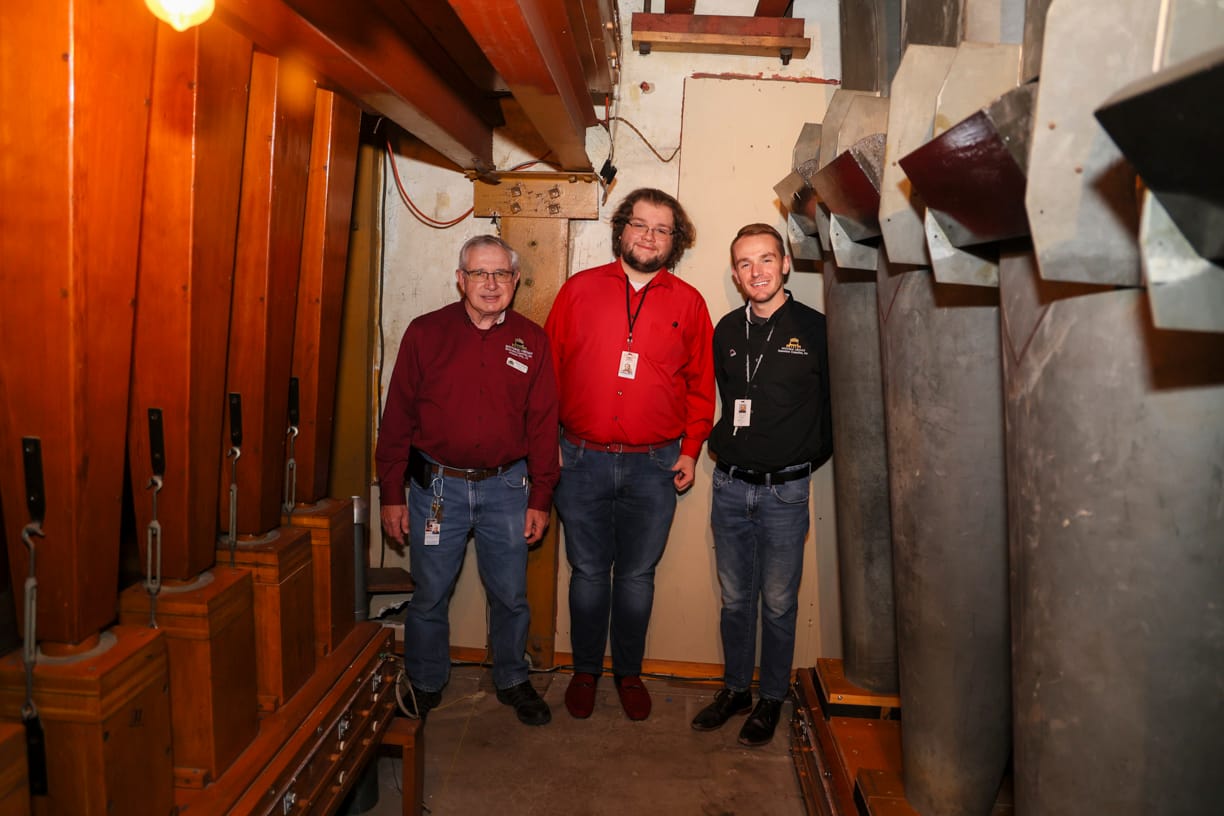
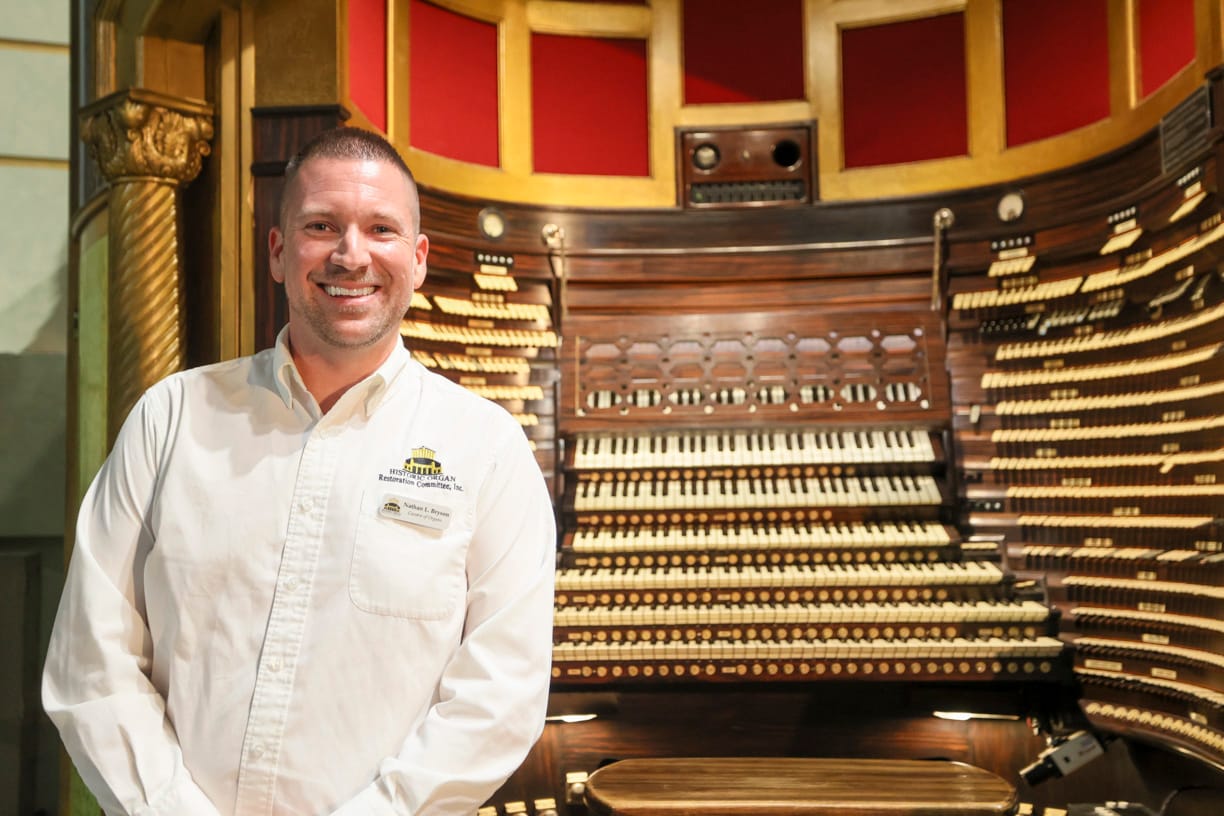
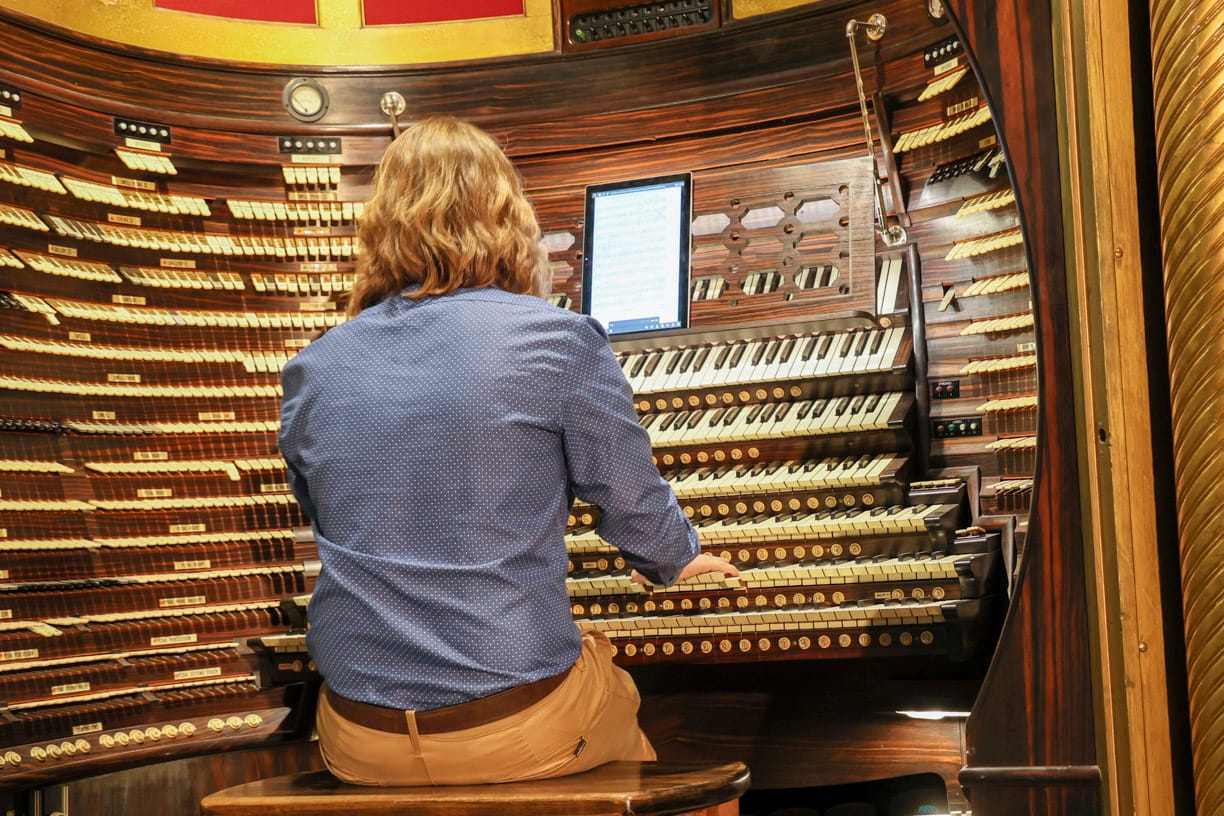
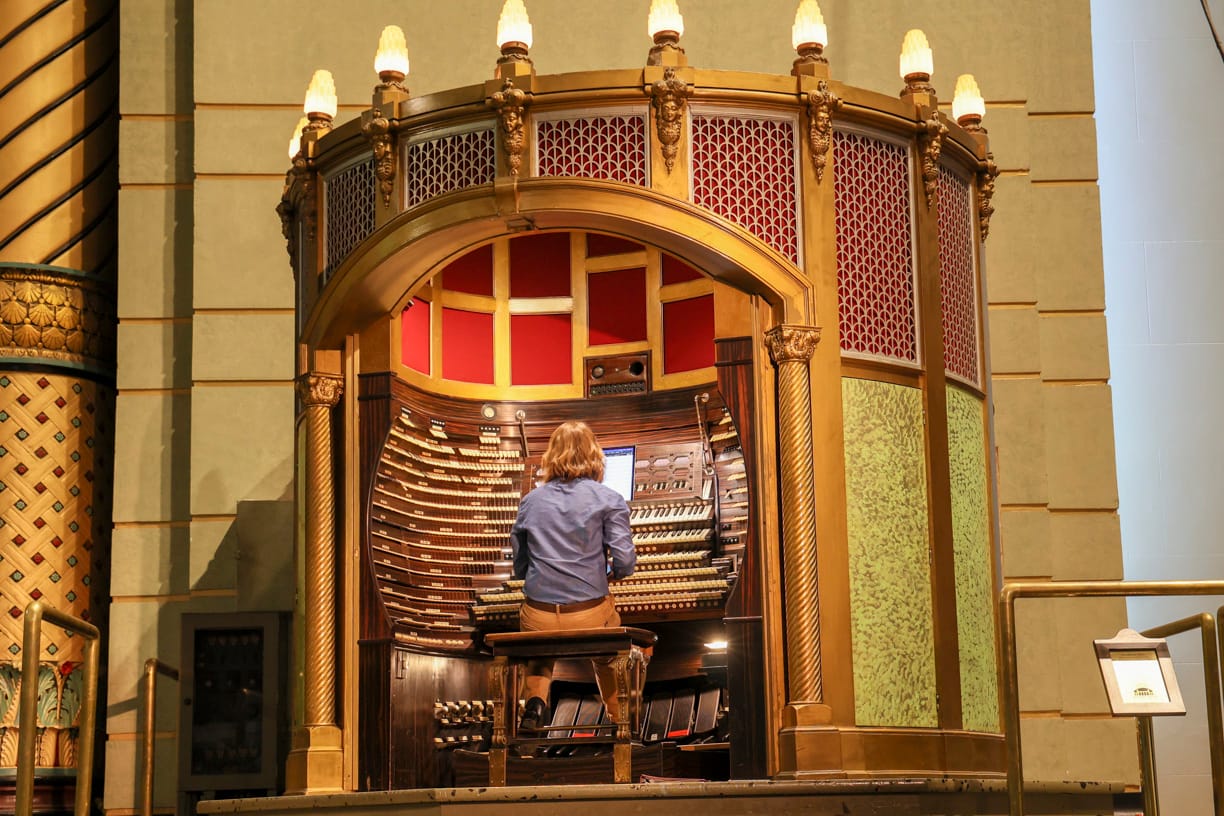
HORC’s mission is to finish the restoration by 2029 or 2030 so that the Midmer Losh can be played and listened to as originally intended for generations to come. Even though it’s not fully playable yet, Midmer-Losh sounds beautiful. The recital was half an hour long, and the tour group watched the divisions next to the stage dance, lighting up the auditorium with various colors. On top of these recitals included with the tours, The Midmer-Losh is used for Stockton University and high school graduations, wrestling competitions, and basketball games. Most excitingly, the Historic Organ Restoration Committee does silent film events. In the early 20th century, cinemas often hired orchestras to play accompanying music and sound effects before most films were in sound. So people can now have the experience of watching a silent movie in a theater in the 1920s-30s. This year, they have already hosted two silent film events, and there is an upcoming one on July 17th, which will follow an antique car show. The car show will go from 2 PM to 4:30 PM. The show will be followed by a showing of Douglass Fairbanks’s The Black Pirate accompanied by The Midmer-Losh. HORC also stated they plan to do another silent film event around Halloween.
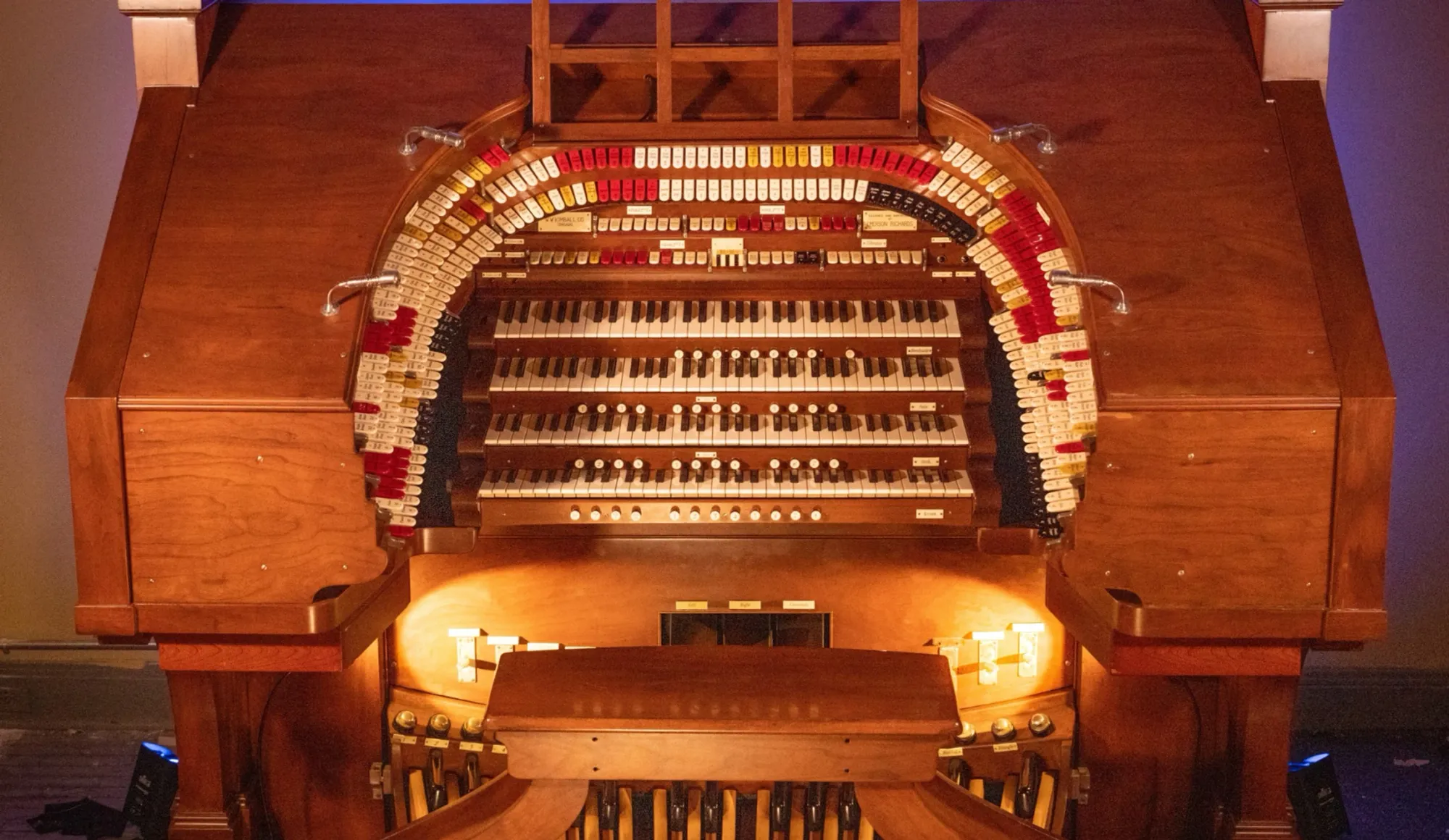
The Historic Organ Restoration Committee is a 501c3 organization chartered by the state of New Jersey. It holds Curator’s Tours every Wednesday from 10 AM to 12 PM, followed by a recital at 12:30 PM. Admission costs $10 per person.
If you are interested in supporting their work and efforts, you can donate via their website at https://www.boardwalkorgans.org/donations
You can also purchase a membership where you can adopt a pipe in your name via their website at https://www.boardwalkorgans.org/membership

